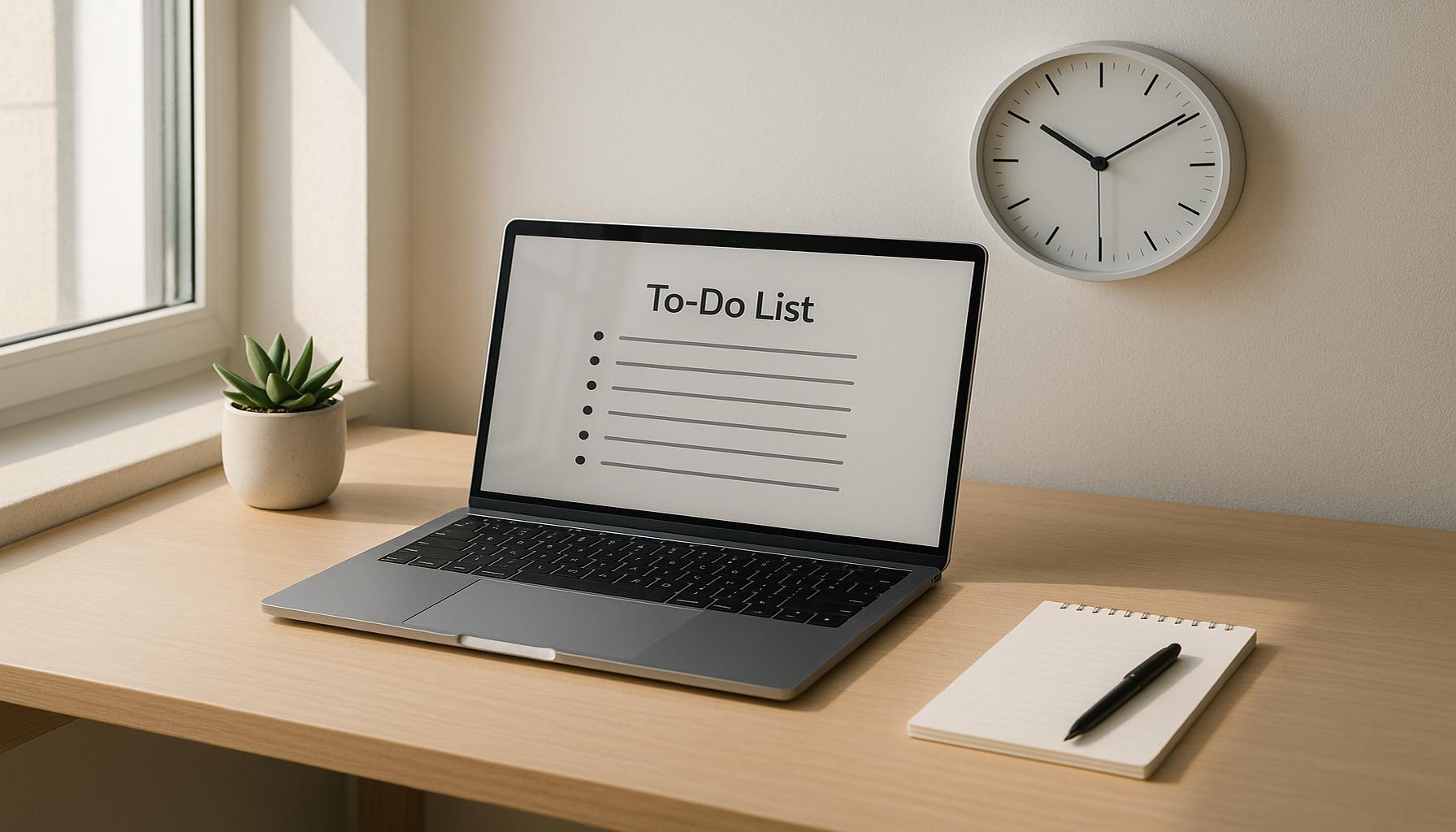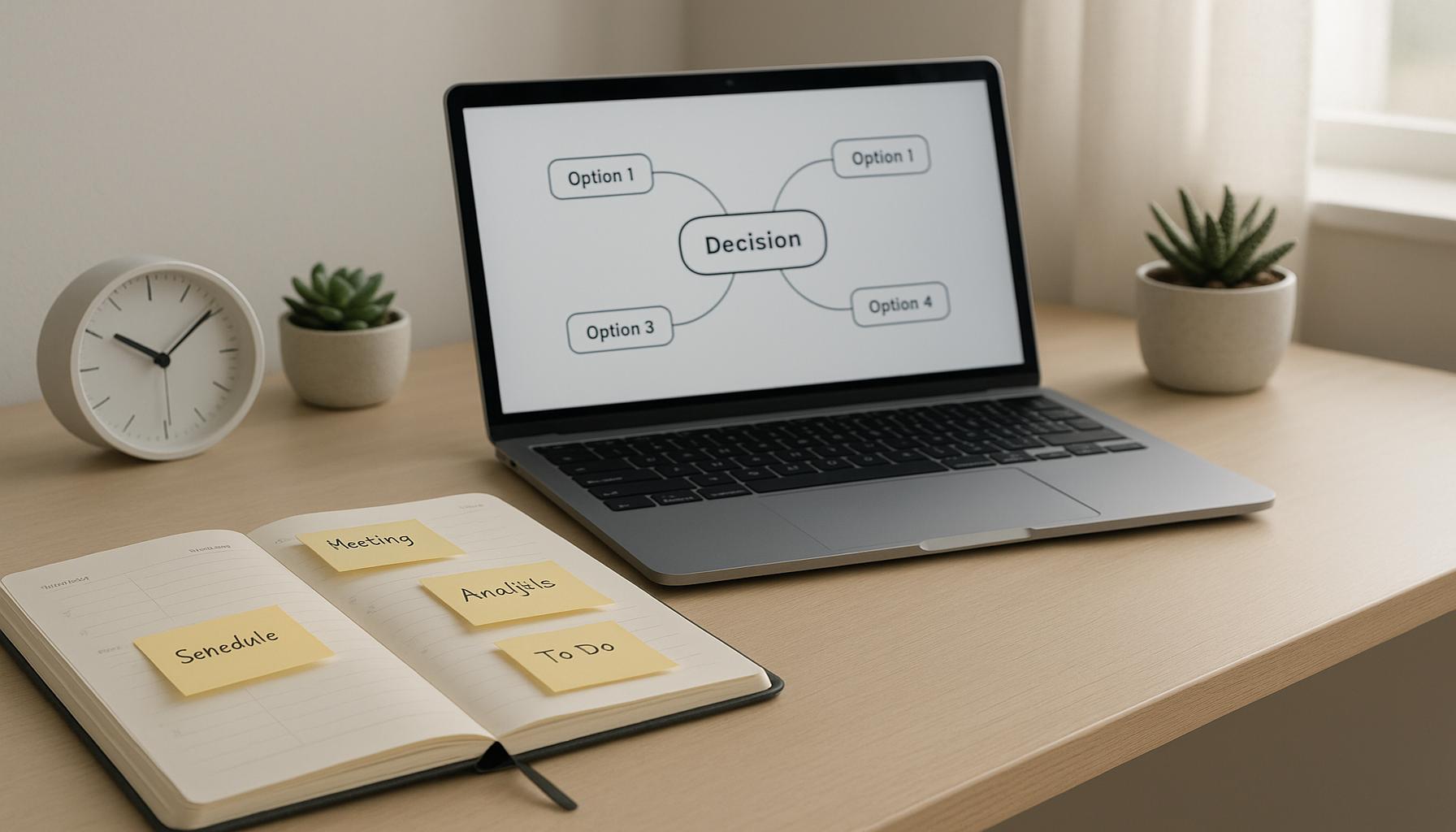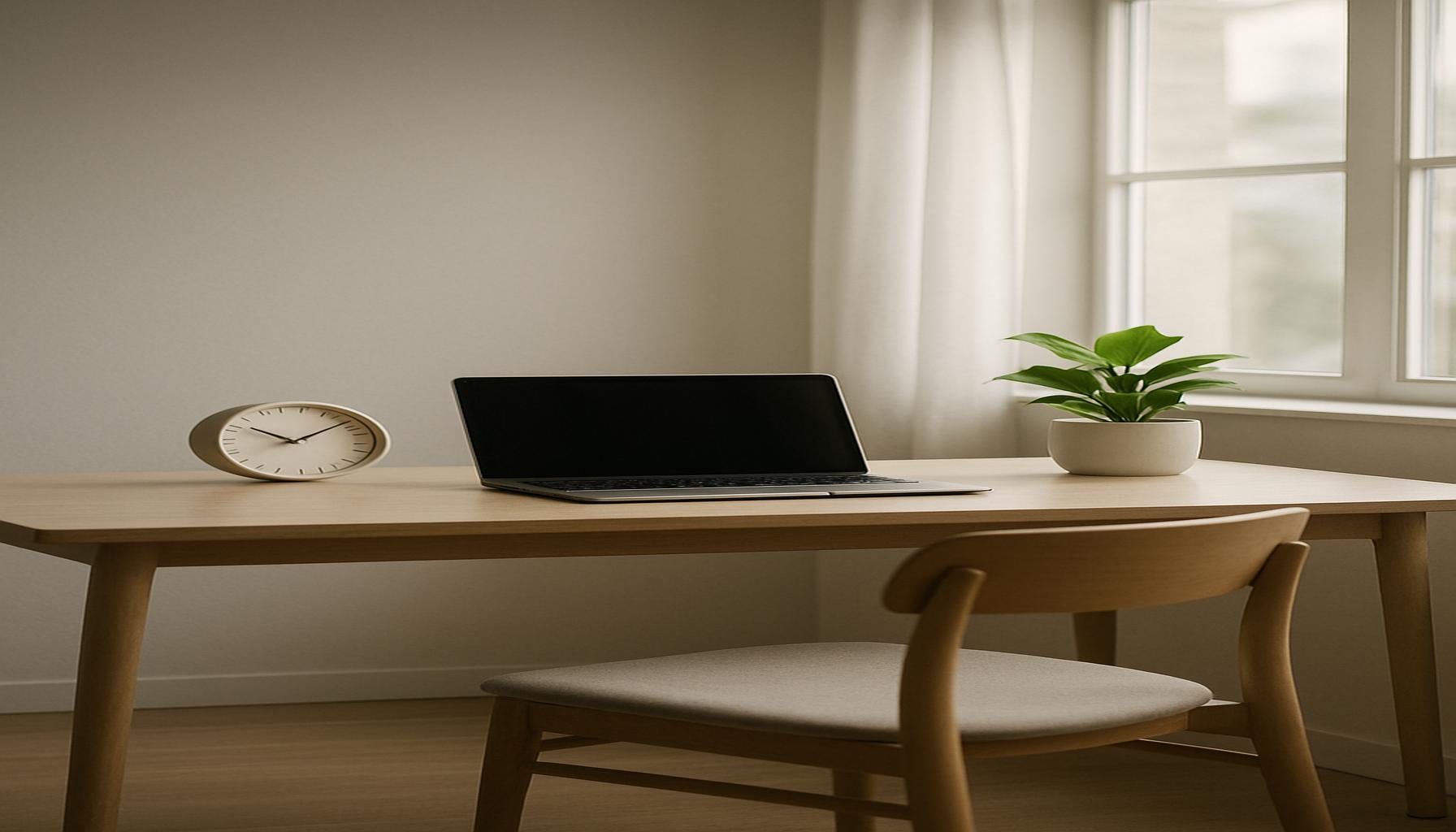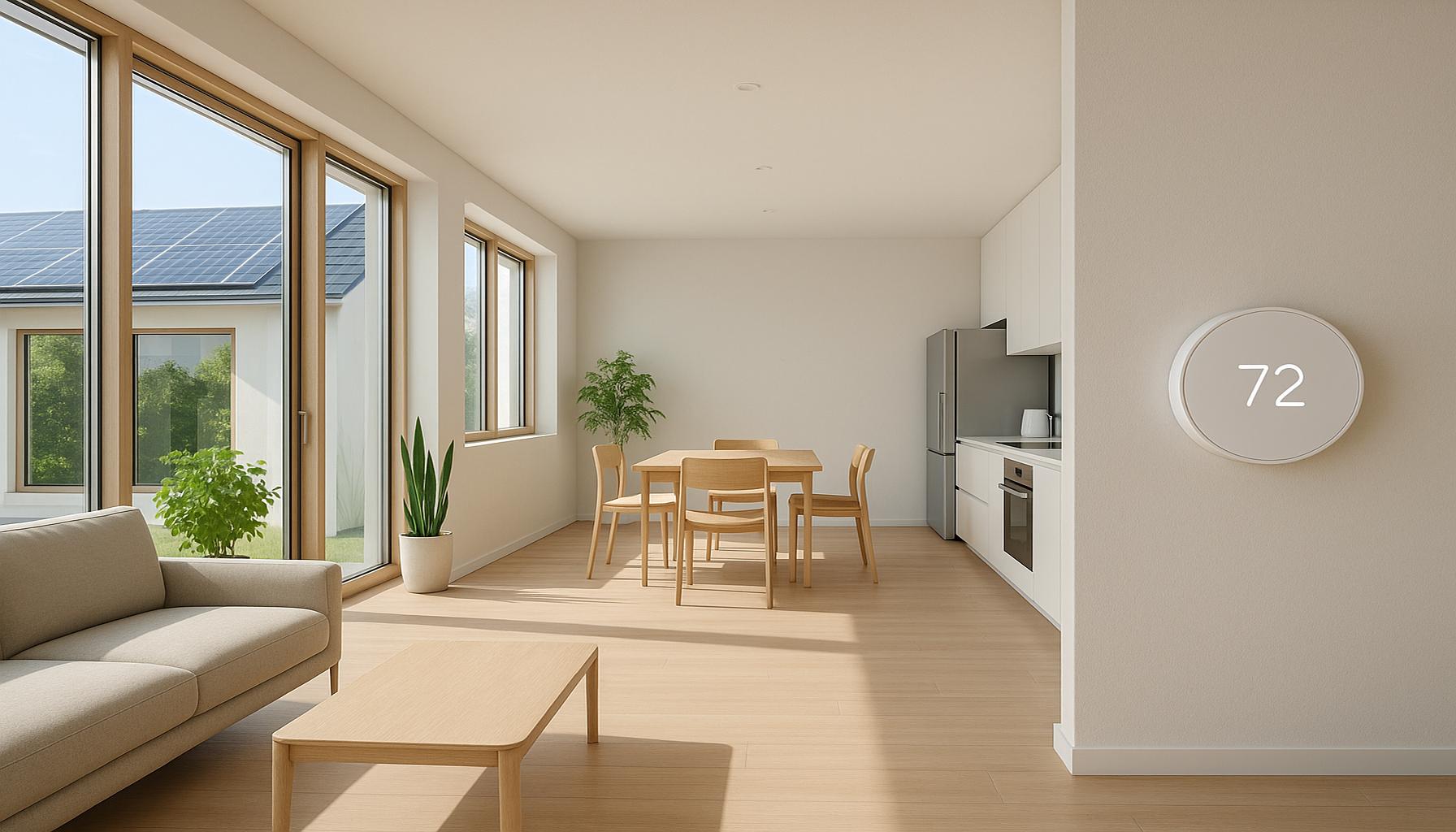Boost Time Management Efficiency with Minimalism Techniques

Unlocking Potential Through Minimalism
In today’s fast-paced world, where distractions lurk around every corner, the concept of minimalism has emerged as a transformative force. With every new notification, email, or task, our attention is constantly besieged, making it difficult to maintain focus on what truly matters. Minimalism offers a counterbalance to this chaos by promoting simplicity and intentionality in all aspects of life.
Minimalism is not just about reducing physical clutter; it’s a broader philosophy that extends to how we manage our time and commitments. By embracing minimalism, individuals can focus on priorities—whether it be personal goals, relationships, or career aspirations—ultimately enhancing productivity and reducing mental stress. For instance, by prioritizing commitments and saying ‘no’ to less important tasks, people can allocate more energy to activities that align with their core values and objectives.
Moreover, minimalism encourages the elimination of unnecessary obligations, allowing for increased mental clarity. This simplicity can lead to a greater sense of fulfillment and well-being as individuals learn to appreciate quality over quantity. As we delve deeper into the principles of minimalism, this approach promises to reshape our interactions with the world around us.
Top 5 Minimalism Techniques for Better Time Management
- Identify Priorities: Clearly distinguish essential tasks from non-essential ones to stay focused on meaningful activities.
- Limit Distractions: Create a dedicated workspace free from interruptions, enabling deeper concentration.
- Simplify Tasks: Break down ambitious projects into smaller, attainable goals to prevent feeling overwhelmed.
- Streamline Schedules: Opt for digital calendars and reminders to efficiently manage deadlines and meetings.
- Practice Digital Detox: Allocate specific times to disconnect from technology, fostering mindfulness and creativity.
By exploring these techniques, individuals can significantly enhance their time management capabilities. These strategies are not mere theories but actionable steps toward transforming how we approach daily tasks. As a result, we can achieve a more balanced and intentional way of living, allowing us to thrive amid modern life’s demands.
Top 5: How Minimalism Can Increase Efficiency in Time Management
In an era characterized by constant connectivity and an overflow of information, managing time efficiently has emerged as a critical skill. While technology provides tools to work faster, it simultaneously serves as a portal to endless distractions. This paradox has led many to seek solace in minimalism—not just in terms of material possessions but as a holistic lifestyle approach aimed at decluttering both the mind and the schedule. Below, we explore five transformative ways minimalism can significantly enhance time management efficiency, from the least impactful to the most compelling strategies.

5. Reducing Clutter in Decision Making
Decision fatigue is a well-documented phenomenon that results from the sheer number of decisions an individual must make daily. As every choice depletes our mental energy, this fatigue can impair our ability to make smart decisions later in the day. Minimalism, with its focus on simplicity, advocates for reducing unnecessary decisions, thereby conserving valuable cognitive resources. By pruning commitments and focusing on essential choices, individuals can reduce decision fatigue, ultimately leading to more decisive actions.
Implementing this practice effectively could mean developing a streamlined daily schedule that focuses exclusively on key activities—such as utilizing time blocks dedicated to uninterrupted work. For example, a professional might limit client meetings to two key obligations per day, which allows attention to not become fragmented across too many tasks.
4. Prioritization of Tasks
The minimalist credo of focusing on what truly matters can drastically improve one’s ability to prioritize tasks. In time management, this means honing in on activities that align closely with one’s personal or professional goals. By adopting a minimalist mindset, you can create a concise to-do list that zeroes in on high-impact tasks, diverting energy and focus toward objectives that offer the greatest returns.
There are various methods to aid this prioritization process. One effective technique is the Eisenhower Matrix, which categorizes tasks into four quadrants based on urgency and importance, helping to swiftly identify which activities require immediate attention. This framework guides individuals toward actionable insights into how they should allocate their time. Furthermore, the emphasis on periodically reviewing goals ensures that one’s daily routine remains aligned with their long-term aspirations.
3. Creating a Focused Work Environment
A clutter-free workspace underpins productivity by reducing distractions and fostering an environment conducive to focus. A minimalist approach to one’s workspace eliminates the chaos that can detract from mental clarity, optimizing the setting for peak efficiency. By removing extraneous items—whether they’re outdated gadgets or miscellaneous paperwork—professionals can create a work environment that prioritizes efficiency and clarity.
Consider integrating organizational tools, such as labeled storage for documents and digital management systems, to keep your space tidy. This proactive organization reduces the time spent searching for important items, inadvertently increasing productivity. Technology, when used wisely, can further enhance this effect; it’s crucial to ensure that tech aids in productivity rather than hindering it with excessive notifications.
2. Automating Routine Tasks
A significant advantage of minimalism in time management is the propulsion towards automating routine tasks that traditionally devour time. Automation acts as a behind-the-scenes ally, ensuring essential processes run smoothly without constant oversight. For instance, setting up automatic payments for bills or savings accounts can eliminate the tedious monthly task of remembering due dates, thereby freeing one’s mental bandwidth for more strategic thinking.
The usage of modern technology can streamline personal tasks significantly. Apps that generate meal plans or automate grocery lists not only save time but also enhance the quality of life by reducing tasks to mere minutes. By effectively leveraging automation, individuals can unlock more time to engage in activities that align with their broader values and objectives.
1. Intentional Lifestyle Choices
At the heart of minimalism is the concept of intentional living—making conscious choices that truly reflect one’s values and priorities. This principle, when consistently applied, can revolutionize time management. Intentional choices urge an individual to focus only on activities that contribute to their personal growth or professional goals, thereby reducing time lost on pursuits that do not serve a meaningful purpose.
Integrating this philosophy into one’s lifestyle may require some introspection: reflecting on and re-aligning actions with a deeper understanding of long-term goals. Individuals might establish stricter boundaries to protect time designated for pressing pursuits. Regular audits of personal commitments can help affirm their alignment with one’s primary objectives. Resultantly, this disciplined approach fosters an environment of mindfulness and fulfillment.
In conclusion, minimalism offers a powerful framework for enhancing time management. By minimizing decision fatigue, prioritizing meaningful tasks, establishing focused environments, automating routine aspects of life, and making intentional choices, individuals can achieve heightened productivity and satisfaction. Embracing these minimalist principles promotes a lifestyle where each moment is spent purposefully, unlocking both efficiency and fulfillment in daily living.
| Category | Key Features | Advantages | Disadvantages |
|---|---|---|---|
| Focus on Priorities | Identifying essential tasks over trivial ones. | Improved productivity via concentrated efforts on high-impact activities. | Can lead to neglect of less critical but still important tasks. |
| Decluttering Environment | Removing unnecessary items from your workspace. | Reduces distractions allowing for deeper focus on work. | The process of decluttering can initially be time-consuming. |
| Streamlined Processes | Simplifying workflows and reducing steps in processes. | Increases efficiency by minimizing time wastage in complex processes. | May require significant adjustments and training for personnel. |
| Time Management Strategies | Utilizing tools and systems that promote effective time use. | Enhances accountability through scheduled tasks and deadlines. | Risk of over-scheduling, leading to burnout if not balanced properly. |
Embracing minimalism in time management aligns closely with the notion of focusing on priorities. By stripping away non-essential tasks, individuals can direct their energies toward what truly matters, optimizing both effort and results. This focus not only enhances productivity but also fosters a sense of accomplishment as significant tasks are completed. However, it’s important to recognize that neglecting less urgent yet still relevant duties can lead to imbalances, wherein critical components get overlooked.Moreover, creating a decluttered environment is paramount in a minimalist approach. A workspace devoid of distractions serves to sharpen concentration and significantly boosts the capacity for deep work. Yet, the initial phase of decluttering might feel overwhelming as it requires dedicated time and effort to process existing materials and streamline the space.Another facet of minimalist time management is the streamlining of processes. By focusing on simplifying workflows, one can often uncover efficiencies that are not immediately obvious. This not only accelerates productivity but can also lead to increased employee satisfaction as tasks become easier to execute. However, redesigning established procedures poses its own challenges, necessitating training and adaptation to new methods.Lastly, implementing structured time management strategies can be a game-changer. Erasing chaotic, disorganized methods and replacing them with systems that prioritize efficient time usage enhances accountability and ensures tasks are completed within pre-defined timelines. Yet, while it’s essential to maintain structure, care must be taken to avoid the pitfalls of over-scheduling, which can precipitate stress and exhaustion.Thus, as we explore the realms of minimalism in time management, the narrative is both intriguing and complex, inviting us to delve deeper into how simplicity can lead to greater efficiency.
Frequently Asked Questions about Minimalism and Time Management Efficiency
How can minimalism improve time management?
Minimalism encourages individuals to focus on what truly matters by eliminating unnecessary distractions. By simplifying your environment and routines, you can reduce decision fatigue and allocate more time to important tasks. This streamlined approach can lead to a more deliberate use of time, enhancing overall efficiency.
Is adopting a minimalist lifestyle a difficult transition?
Transitioning to a minimalist lifestyle can vary in difficulty depending on personal habits and attachments. For many, the initial challenge lies in letting go of possessions and commitments that do not add value. However, embracing minimalism is a gradual process, and starting with small steps—like decluttering a single area or simplifying one routine—can make the transition smoother. Over time, individuals may find that the freedom and clarity gained outweigh the initial difficulties.
Can minimalism affect productivity positively?
Yes, minimalism can significantly enhance productivity. By focusing on fewer priorities, you can devote more energy and attention to each task. This concentrated effort often results in higher quality work and improved problem-solving skills. Moreover, a clutter-free environment reduces stress levels, which can further boost productivity.
Does minimalism apply only to physical items?
No, minimalism extends beyond physical possessions. It encompasses digital decluttering, reducing mental clutter, and streamlining commitments. Digital minimalism, for instance, involves organizing digital files, limiting screen time, and being mindful of online distractions. By applying minimalism in various aspects of life, one can achieve a more balanced and efficient approach to time management.
Conclusion: The Time-Saving Power of Minimalism
In sum, embracing minimalism can lead to a profound transformation in how we manage our time. By prioritizing simplicity and eliminating unnecessary clutter—be it physical possessions, digital distractions, or mental noise—we create space to focus on what truly matters. This not only aids in enhancing productivity but also promotes a sense of calm and control over our daily schedules.
Key takeaways from exploring this topic include the realization that less is often more. By reducing the number of commitments, tasks, and belongings, individuals can allocate their time to activities that align with their core values and long-term goals. This strategic approach reduces stress, increases decision-making efficiency, and allows for more meaningful engagement with tasks.
The Broader Implications of Minimalism
Moreover, minimalism fosters a proactive attitude towards time management by encouraging intentional living. This mindful practice urges us to question our choices and ensure that our time investments yield genuine satisfaction and progress. As such, adopting minimalism is not merely about cutting back—it’s about refining priorities for a more fulfilling life.
The journey towards a minimalist lifestyle is deeply personal and multifaceted. It challenges individuals to redefine success not by the volume of accomplishments or possessions but by the quality of experiences and peace of mind. In this way, minimalism serves as a powerful catalyst for change, offering a toolset for those seeking to harness their time effectively.
Ultimately, the intersection of minimalism and time management highlights the potential for individuals to live more organized, purposeful lives. As more people explore this lifestyle, the conversation around what it means to be truly efficient continues to evolve, inviting further discovery and adaptation in the quest for balance and productivity.


